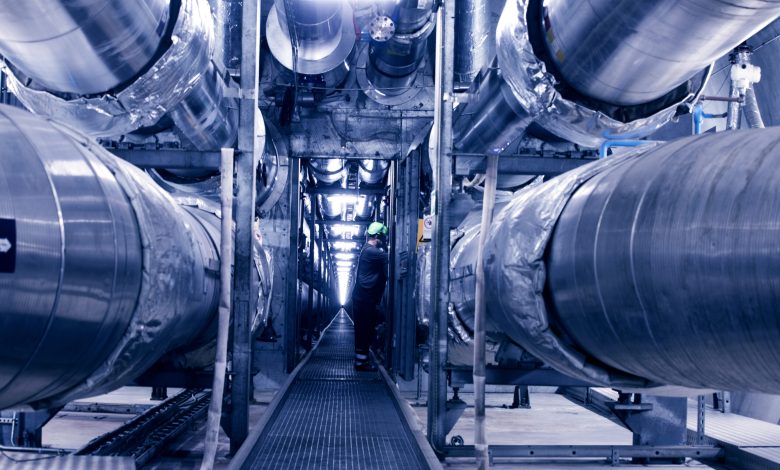
Underground pipe systems installed in a district play a pivotal role in seamlessly distributing water to businesses and households. However, with the complexity of urban network infrastructure, challenges can arise along the pipe distribution system. For this reason, a systematic and strategic troubleshooting approach should be considered before pipe installation.
According to underground pipe experts, pipe blockages or leaks can occur anytime during water distribution. This is due to excessive temperature and pressure changes or corrosion. Without immediate intervention, losses can occur while households can experience disruption to their normal water supply.
Methods of Troubleshooting Issues in Pipe Systems: District Heating
Troubleshooting issues in a pipe network can involve an array of methodologies and considerations. These methods can range from routine inspections to leveraging modern technologies to help identify problems within the pipe system. Once a problem is identified, solutions can be provided to prevent further losses and sustain the functionality of the distribution network.
Here are some methods that can help in troubleshooting and mitigating potential problems of a pipe network.
-
Conduct Regular Inspections
According to BRUGGpipes, regular inspection of an underground pipe network is vital in ensuring optimal water supply. This inspection can be done using tools such as sensors or cameras to help identify any visible blockages, leaks, or pipe damages. Therefore, it is vital to have these sensors installed together with underground pipes during the initial installation process.
-
Monitor Pressure and Flow
Implementing a pressure monitoring system can help troubleshoot sudden drops in pressure levels during water distribution. This system can also help detect when water flow patterns change from regular to irregular at various points in the district. These changes in pressure and flow patterns can indicate potential issues, making it easy to spot-check those particular points in the pipe network.
-
Utilize Leak Detection Technologies
Leak detection technologies such as leak correlation tools or acoustic sensors can help troubleshoot pipe issues. These systems make it easy to identify exact leak locations in an underground pipe without excavating the ground to access the pipe network.
-
Check Valve Functionality
Malfunctioning valves can contribute to uneven pressure distribution or lead to pipe blockages. Therefore, it is vital to utilize smart valves during pipe installation as they can be monitored and controlled remotely.
-
Inspect Insulation Integrity
Troubleshooting insulation issues can be minimized using pre-insulated or double-walled pipes, especially in district heating systems. This level of insulation can help reduce greenhouse gas emissions and heat loss, which can affect system efficiency and increase the carbon footprint of a district.
-
Implement GIS (Geographic Information System)
Regular monitoring of ground movement is vital as ground shifting can adversely impact the structural integrity of a pipe network. For example, terrain changes can result in pipe misalignments, fractures, or stress on joints. Therefore, to enhance early detection in ground shifts, it is best to utilize GIS technology.
GIS technology can allow you to create a comprehensive mapping tool for the underground pipe network. This tool can allow for easy visualization of the entire pipe system, thus making it easy to identify vulnerable areas and strategically plan for maintenance activities.
-
Review Historical Data and Identify the Root Cause
Troubleshooting a pipe network can be done by analyzing historical data related to the system’s performance, maintenance records, and past issues. This information can shed light on recurring problems and help identify underlying root causes. Material degradation, design flaws, or external damage can cause most underlying root causes of pipe leaks or damages. This analysis can help in forging effective remedies.
-
Implement Preventive Maintenance
Regular preventive maintenance operations can help in easy troubleshooting of underground pipe systems. During the process of cleaning and flushing pipes or when replacing aging components, it gets easy to identify and address potential issues before they can escalate. This approach can help extend the pipes’ lifespan.
-
Community Reporting
Encouraging the community to report any water issues promptly can help in the early detection of issues. Ultimately, this can reduce the adverse impact of water supply problems within the district.
Conclusion
Troubleshooting underground pipe system issues can be effective if advanced technologies are incorporated. A collaborative approach, regular monitoring, and inspection can also help in ensuring an efficient and reliable water supply network. In case of complex issues, it is best to involve experienced engineers, specialists, and technicians of underground pipe networks.




